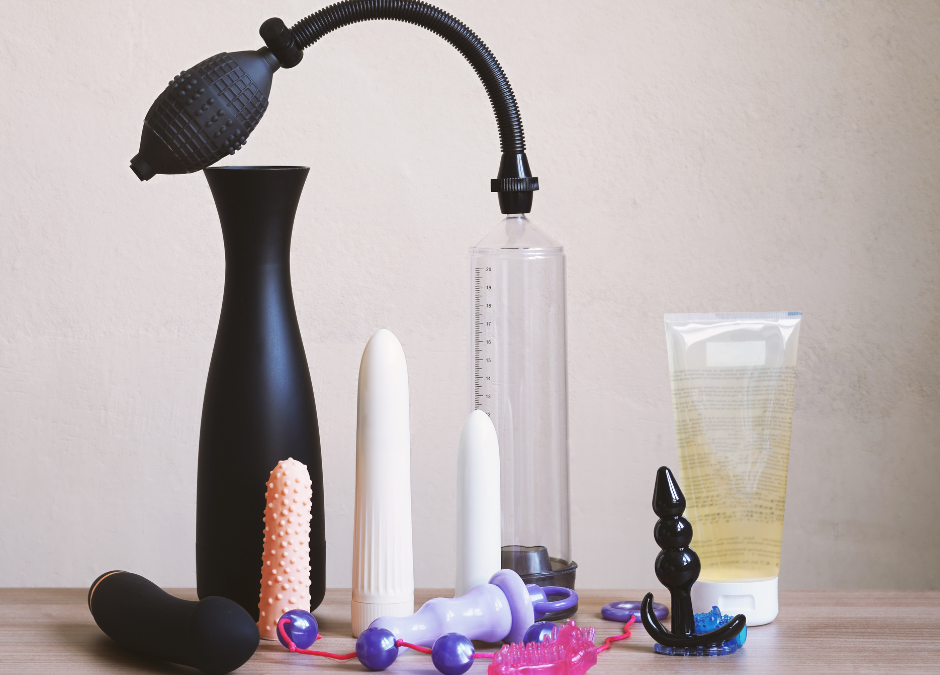Keeping your bedroom toys clean is one of the best ways to keep them in good condition. Not only is your cleaning regime important for the lifespan of your toys, but also for your health.
When not properly cared for, toys can harbor all kinds of bacteria and germs. However, adult toys come in many different kinds of materials and proper care and maintenance can vary from product to product. That makes it challenging to know exactly how to take care of them.
Today we are going to talk about how to care for the most common materials used in adult toys. Just remember, when in doubt, defer to the instructions that came with your toys. You can also stop by and ask us what your options are if you are unsure what type of materials your toys are made of.
Materials
Knowing what material your toys are made of is essential to thoroughly clean and care for them. The following are just a few of the most common adult toy materials and how to identify them. If you are unsure about your toys, check the product packaging or manufacturer’s website for more information.
Nonporous materials
– Silicon is a non-porous material which means it is less likely to retain bacteria. Silicon is one of the most common materials, it can range in firmness and has a rubber-like feel.
– Glass is another common non-porous material, although most are made from glass molds, they can also be hand-crafted from artisan-blown glass.
Porous materials
– Hard plastic is a porous material, which means that there are tiny pores on the surface of the material. These small openings can trap bacteria and other unwanted germs.
– Elastomer is a porous material that is relatively new to the market. It has become a popular choice as it has a similar feel and texture to silicon.
Adult toy cleaning methods
Toy cleaner
This method is intended to work for toys of all material types depending on what toy cleaner you purchase. Apply the cleaner to a clean paper towel or washcloth and wipe off all of the toy’s surface, rinse well then dry with a clean towel.
Dishwasher
This method is only for non-mechanical toys and non-porous materials. Some materials are not suitable for the high heat of a dishwasher, so only opt for this if the instructions for your toy say it is okay. Before you start, pre-rinse your toys and load them on the top rack, set it for a cycle. Avoid using soap as it might be too harsh and can leave behind harmful residue. After the cycle ends, dry off your items with a clean towel.
Boiled
This method is only suitable for non-mechanical toys and non-porous materials. Some materials are not suitable for the high heat of boiling water, so only use this method if the instructions say it is okay. Start by pre-rinsing any items you intend to clean, bring water to a boil on the stove top and fully submerged toys for 1-3 minutes with close supervision. Carefully remove all products from the water and dry them with a clean towel.
Soap and hot water
This method will work for toys of any material, mechanical or not. Use an antibacterial soap and hand wash the toy for at least 30 seconds, rinse well then dry with a clean towel. When working with a mechanical toy, be sure to not fully submerge the product as most mechanical toys are not waterproof or water resistant.
Remember to always refer to the manufacturer’s guidelines for cleaning and caring for your toys. This ensures they last longer and work correctly during their lifespan. And of course, if you have any questions about toy maintenance or products, do not be afraid to stop by and get some assistance!


Recent Comments